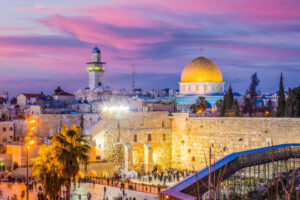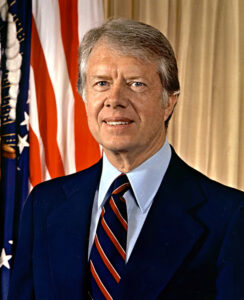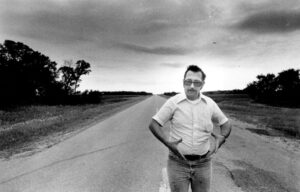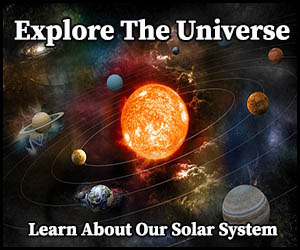The Kenneth Arnold UFO sighting, which took place on June 24, 1947, is often regarded as the event that sparked modern UFO history and popularized the term “flying saucer.” Arnold, an American aviator and businessman, reported seeing nine unidentified flying objects while flying near Mount Rainier, Washington. His sighting, widely covered by the media, ignited a wave of UFO sightings and fueled public interest in the phenomenon. In this article, we will delve into the details of Arnold’s encounter, the ensuing investigation, and the lasting impact of this pivotal sighting on UFO research and popular culture.
The Sighting
On June 24, 1947, Kenneth Arnold, an experienced pilot, was flying a small aircraft near Mount Rainier when he observed a formation of nine bright, crescent-shaped objects moving at an estimated speed of 1,200 miles per hour. According to Arnold, the objects moved erratically, weaving in and out of formation, and appeared to be reflecting sunlight like a mirror.
Arnold initially thought the objects might be military aircraft, but their unusual speed, shape, and movement led him to question their origin. Upon landing in Yakima, Washington, he reported his sighting to the authorities and subsequently to the media.
Media Coverage and the Birth of the “Flying Saucer”
The news of Arnold’s sighting quickly spread, capturing the public’s imagination and making headlines across the United States. During an interview with a news reporter, Arnold described the objects’ motion as resembling “a saucer skipping across water.” The reporter then coined the term “flying saucer” to describe the objects, and the phrase quickly entered the popular lexicon.
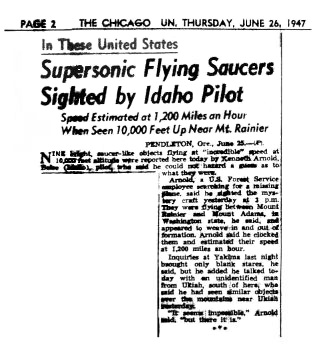
The Investigation
The U.S. military conducted an investigation into Arnold’s sighting, but no official explanation was ever provided. While some skeptics have suggested that Arnold may have witnessed a mirage or misidentified natural phenomena, such as birds or meteors, the lack of a definitive explanation has left the case open to speculation and debate.
The Air Force’s Project Blue Book, a systematic study of UFO sightings conducted from 1952 to 1969, later classified Arnold’s encounter as “unidentified.” To this day, the Kenneth Arnold sighting remains one of the most famous and enduring UFO cases in history.
The Lasting Impact of the Kenneth Arnold Sighting
The Kenneth Arnold UFO sighting had a profound and lasting impact on UFO research and popular culture. The widespread media coverage and public fascination with Arnold’s encounter fueled a surge of UFO sightings in the years that followed, ultimately leading to the establishment of official government investigations, such as Project Blue Book, as well as civilian UFO research organizations.
The term “flying saucer” became synonymous with UFOs and extraterrestrial spacecraft, and the iconic saucer shape has been featured in countless movies, television shows, and books. Arnold’s sighting also contributed to the development of a subculture around UFOs and extraterrestrial life, inspiring generations of enthusiasts, researchers, and skeptics to explore the mysteries of the unknown.
The Kenneth Arnold UFO sighting in 1947 marked a turning point in the way society perceived and engaged with the UFO phenomenon. It ignited public interest, inspired countless other sightings, and contributed to the emergence of a vibrant subculture focused on the exploration of unexplained aerial phenomena. While the truth behind Arnold’s encounter remains elusive, its significance in the history of UFO research and popular culture is undeniable.


